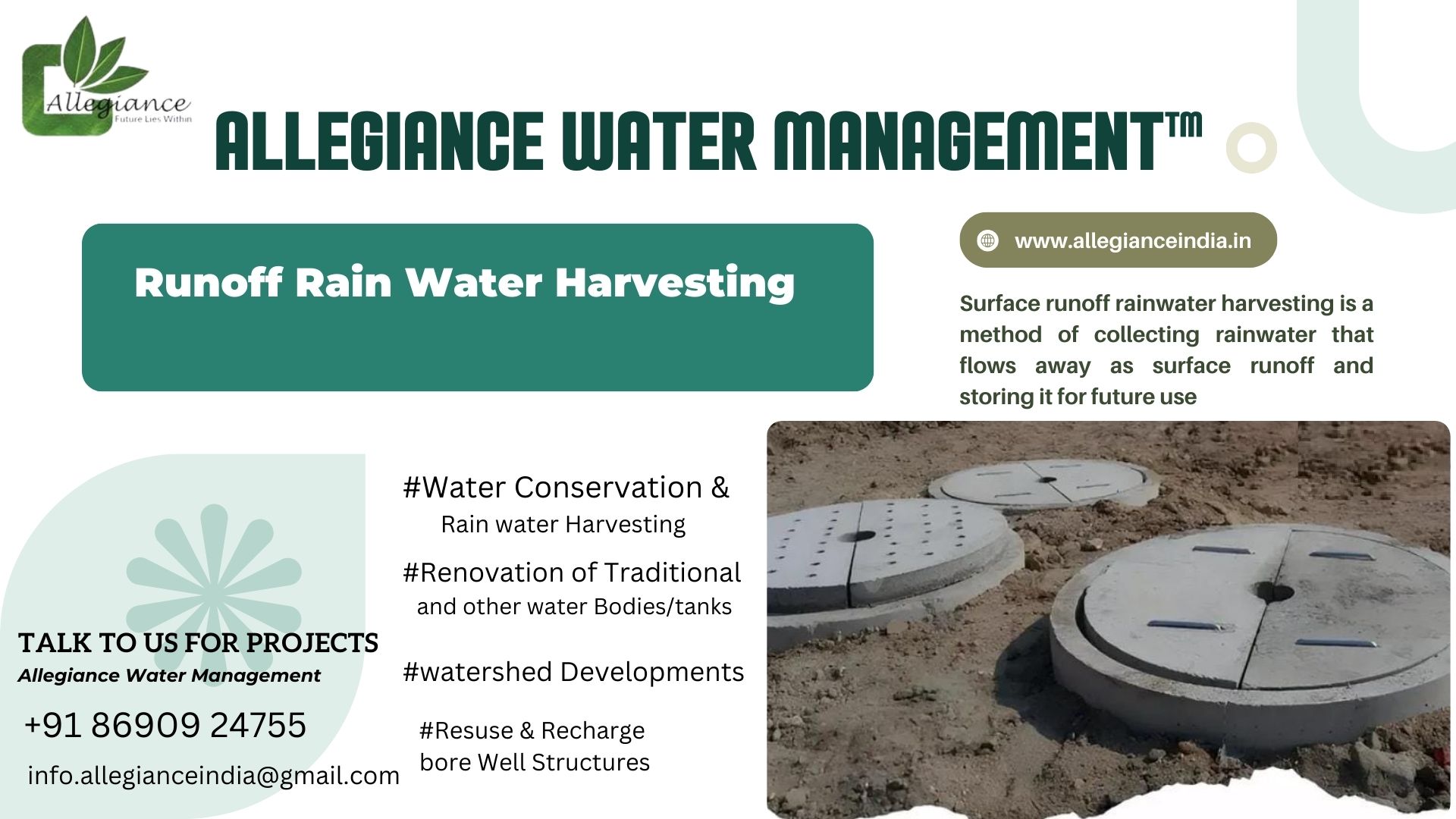Water well Drilling Machine, Water well DTH drilling machines & Drilling Rig Machine Water Well Drilling Services water well drilling services throughout India. The company owns 25 water well drill rigs with a capacity to bore 30 meters to 300 meters deploying compressor of 1500 cfm/400 psi. Chiefly utilized for water well drilling, our rig fleet allows customization based on client requirements. Recharge Well Drilling Services. Methods and techniques for ground water recharge. Types of Soil tests for building construction works depend on properties of soil. Design of the foundation is based on soil test report of construction site. Soil tests for construction of buildings or any structure is the first step in construction planning to understand the suitability of soil for proposed construction work. Soil which is responsible for allowing the stresses coming from the structure should be well tested to give excellent performance. If soil shouldn’t tested correctly then the whole building or structure is damaged or collapsed or leaned like leaning tower of Pisa. So, soil inspection or testing is the first step to proceed any construction Allegiance Water Management www.allegianceindia.in Email : info.allegianceentp@gmail.com Contact : 8690924755 ; 9408425896
Send Message








